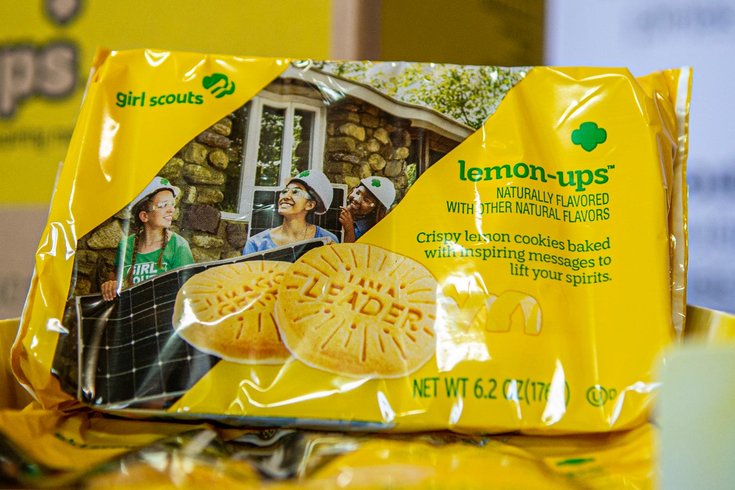
When preparing a meal, having a good set of Like any other task around the house, , like a nonstick skillet, gets the job done quicker, easier, and hopefully stress-free. Whether you're an amateur cook or just looking for the "perfect" nonstick skillet, you're in the right place. Once upon a time, I purchased a set of pans based on their price without reading the fine lines of what I needed, and I paid the unfortunate price.
If you've ever been in this predicament or are currently in it, there are many options to consider before you make a purchase. Skillets have various purposes and come in all shapes and sizes. From searing to frying and sautéing, there's a lot you can do with a skillet or two.

However, when shopping for a nonstick skillet, it's essential to know its material, how much heat it can handle, and its longevity. While you might have to research which option is best for you, at least you know what to look for. Ins and outs of ceramic and regular nonstick skillets The plus side of both skillet types is that they're nonstick, which means your food won't bake on and become .
While that's the goal, the main difference is the materials they contain. Ceramic cookware is free of compounds used in most nonstick pans. Typically, ceramic pans can be used for higher-heat cooks and keep a balanced heat, as well.
While you shouldn't blast your heat too high every time you use it, it's a valuable tool to get your cooking done quicker when you're in a pinch. On the other hand, regular nonstick pans contain PTFE or Teflon and should only be used on low to medium heat due to the chemical in the pan's coating. If the chemical is inhaled frequently, it can lead to respiratory illnesses.
While ceramic pans seem to be the way to go as they're considered more reliable and less toxic, they are usually more expensive than traditional nonstick pans. If properly cared for, they can last longer, which is a win and worth the price. Recommended.















